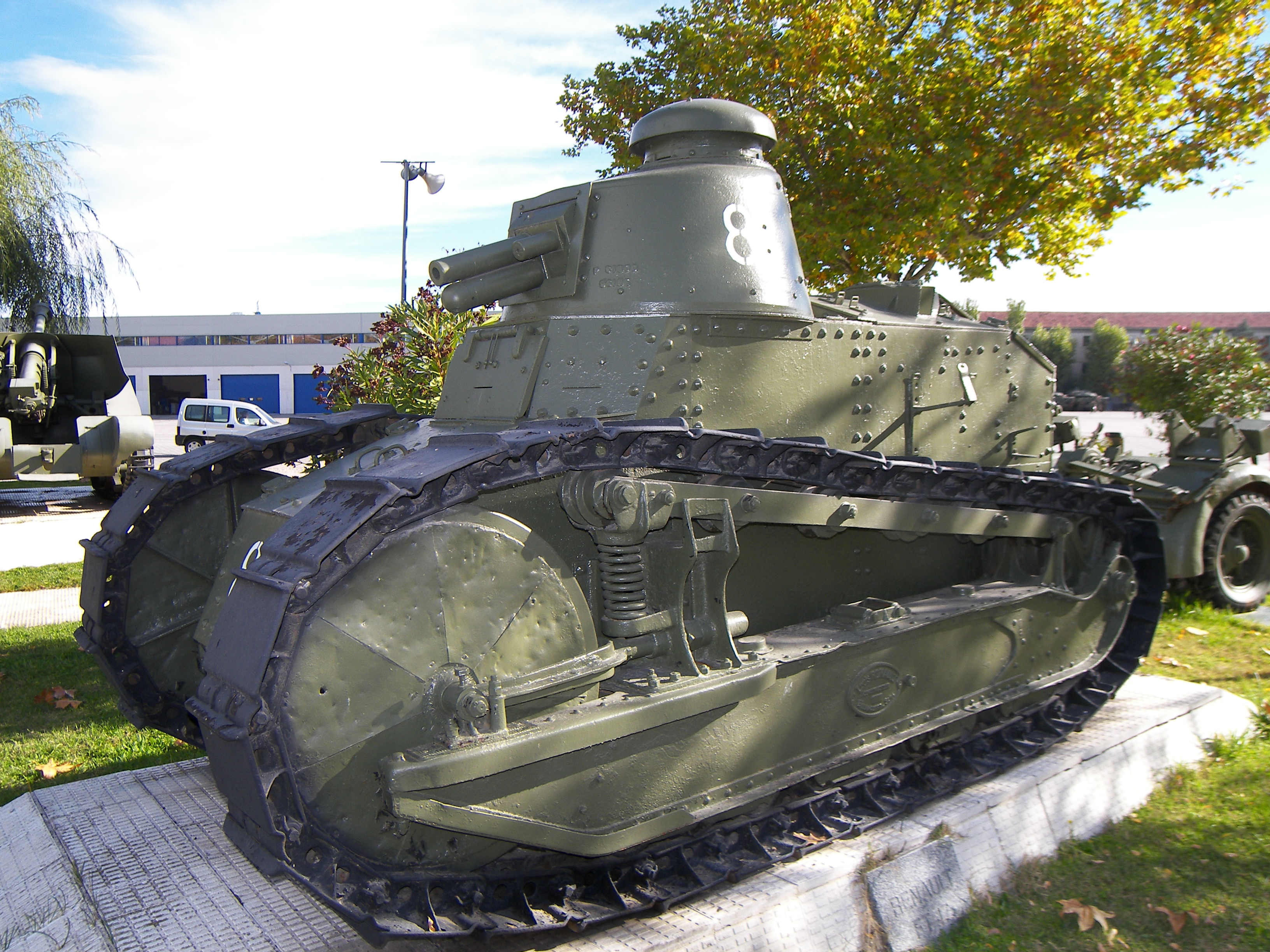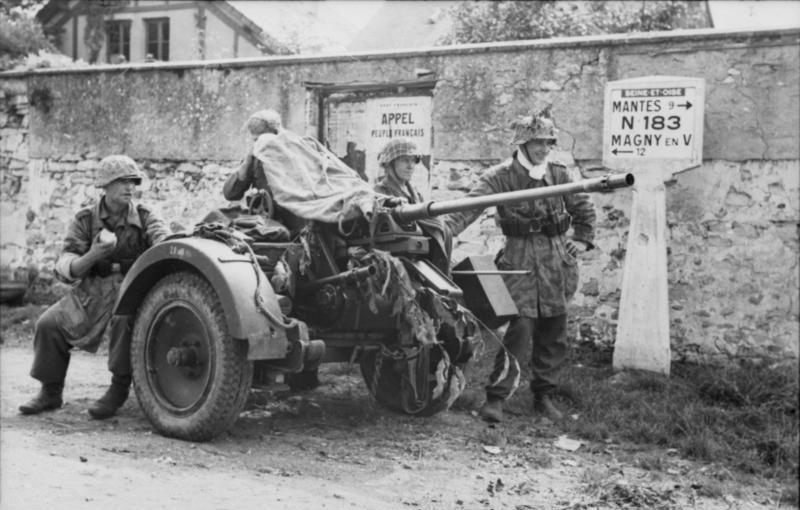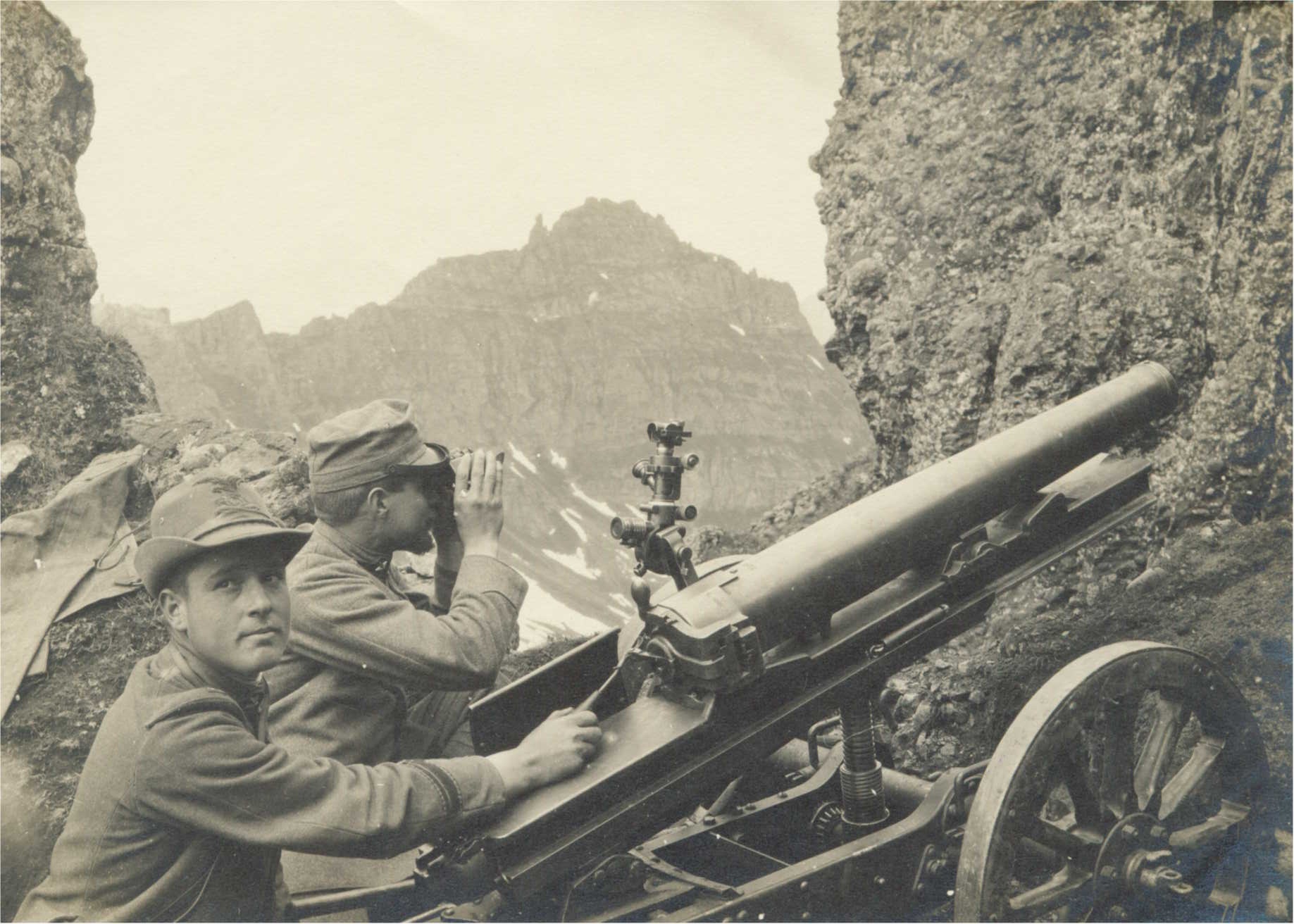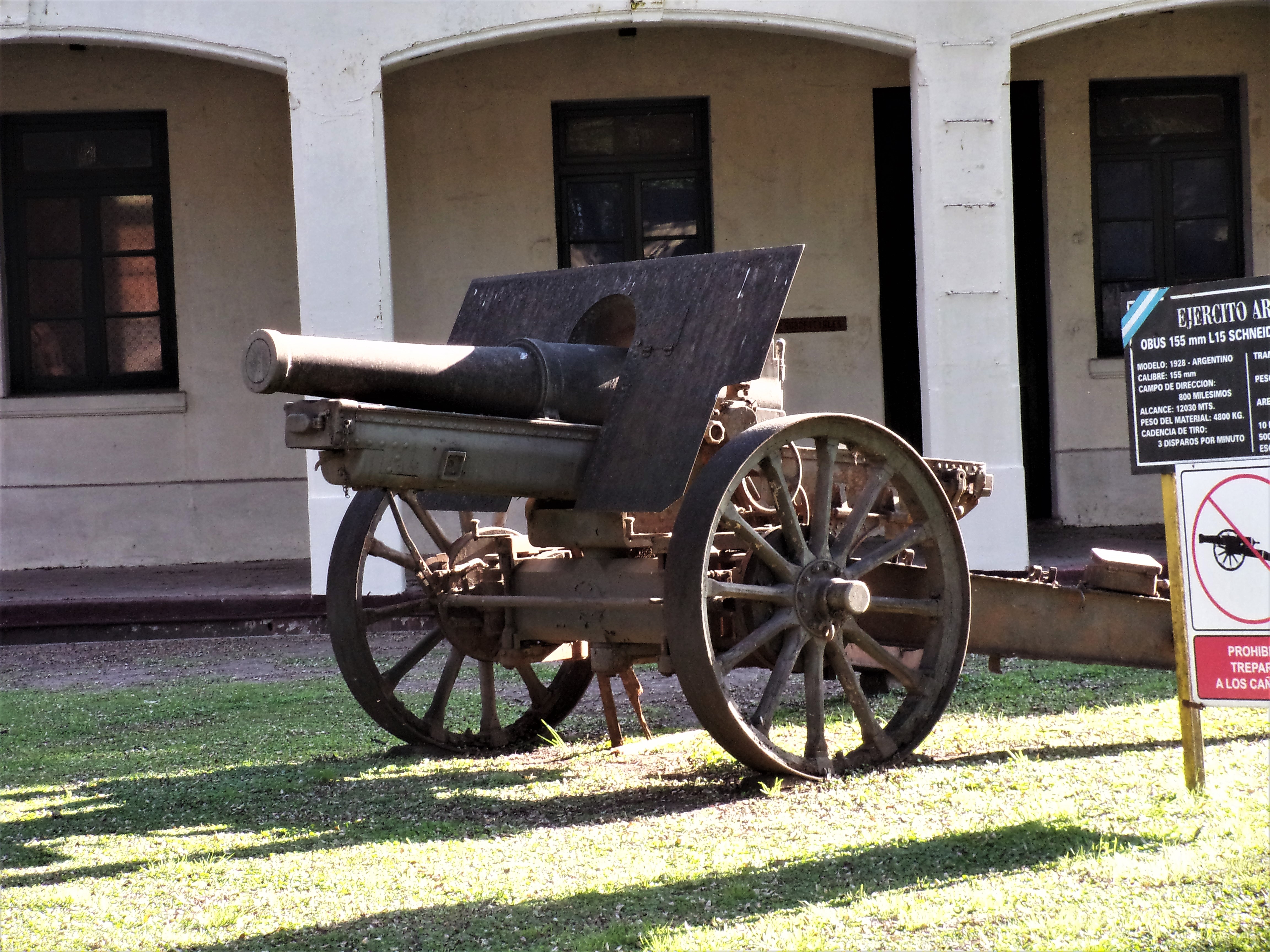|
List Of Spanish Civil War Weapons Of The Nationalists
This is a list of weapons used by the Nationalist faction of the Spanish Civil War. Small arms Rifles * Mauser Model 1893 * Gewehr 98 * Mannlicher M1895 * Mannlicher M1888 * M1870 Italian Vetterli Sidearms * Astra 400 * Astra 900 * Mauser C96 Machine guns * Hotchkiss Mle 1914 machine gun *MG 08 *Chauchat (captured) Submachine guns * MP 28 SMG * Erma EMP Artillery Field artillery * Canon de 75 modèle 1897 * 7.5 cm FK 16 nA * 10.5 cm leFH 16 * 10.5 cm leFH 18 * * Cannone da 75/27 modello 11 * Cannone da 75/27 modello 12 * Cannone da 105/28 modello 1913 * Obice da 100/17 Mod. 14 Heavy artillery * 15 cm sFH 13 * Canon de 155 C modèle 1917 Schneider * Obice da 149/12 Mountain artillery * Cannone da 65/17 modello 13 Anti-tank guns * 3.7 cm Pak 36 * Bofors 37 mm anti-tank gun Anti-aircraft guns * 2 cm Flak 30 * 7.5 cm Flak. L/60 * 8.8 cm Flak 18 * Breda Model 35 Armoured fighting vehicles (AFV's) * List of tanks in the Spanish Civil ... [...More Info...] [...Related Items...] OR: [Wikipedia] [Google] [Baidu] |
Mauser Model 1893
The Mauser Model 1893 is a bolt-action rifle commonly referred to as the Spanish Mauser, though the model was adopted by other countries in other calibers, most notably the Ottoman Empire. The M1893 was based on the experimental M1892 rifle, which Paul Mauser developed for the Spanish Army as part of a program to correct deficiencies in the earlier 1889, 1890, and 1891 series of Mauser rifles. The M1893 introduced a short staggered-column box magazine that fit flush with the bottom of the stock; the magazine held five smokeless 7×57mm Mauser rounds, which could be reloaded quickly by pushing a stripper clip from the top of the open bolt. The M1893 was developed into several variants, including a shortened carbine adopted by the Spanish as the M1895, and as the M1913 and M1916 short rifles. All versions of the rifle saw extensive service in the Spanish Army, beginning in the Spanish–American War in 1898, the Rif War of 1920–1927, and the Spanish Civil War of 1936–1939. The ... [...More Info...] [...Related Items...] OR: [Wikipedia] [Google] [Baidu] |
Canon De 105 Mle 1913 Schneider
The Canon de 105 mle 1913 Schneider was a French artillery piece used in World War I and World War II by many European countries. History In the early 1900s, the French company Schneider began a collaboration with the Russian company Putilov. For this collaboration, it had developed a gun using the Russian 107 mm round, which was ordered by the Russian Army to be produced in Russia (though the initial batch of guns was made in France). Schneider then decided to modify the design for the French 105 mm (4.134 inches) round and offer it to France as well. Initially, the French army was not interested in this weapon as they already had plenty of 75 mm field guns. However, in 1913, the French army purchased a small number under the designation Canon de 105 mle 1913 Schneider; it was also known by the service designation L 13 S. The lighter 75 mm guns were of limited use against trenches; so, once the western front in World War I had settled down to trench warfare, the ... [...More Info...] [...Related Items...] OR: [Wikipedia] [Google] [Baidu] |
Spanish Civil War-related Lists
Spanish might refer to: * Items from or related to Spain: **Spaniards are a nation and ethnic group indigenous to Spain ** Spanish language, spoken in Spain and many Latin American countries ** Spanish cuisine Other places * Spanish, Ontario, Canada * Spanish River (other), the name of several rivers * Spanish Town, Jamaica Other uses * John J. Spanish (1922–2019), American politician * "Spanish" (song), a single by Craig David, 2003 See also * * * Español (other) * Spain (other) * España (other) * Espanola (other) * Hispania, the Roman and Greek name for the Iberian Peninsula * Hispanic, the people, nations, and cultures that have a historical link to Spain * Hispanic (other) * Hispanism * Spain (other) * National and regional identity in Spain * Culture of Spain The culture of ''Spain'' is based on a variety of historical influences, primarily based on the culture of ancient Rome, Spain being a prom ... [...More Info...] [...Related Items...] OR: [Wikipedia] [Google] [Baidu] |
Weapons Of Spain
A weapon, arm or armament is any implement or device that can be used to deter, threaten, inflict physical damage, harm, or kill. Weapons are used to increase the efficacy and efficiency of activities such as hunting, crime, law enforcement, self-defense, warfare, or suicide. In broader context, weapons may be construed to include anything used to gain a tactical, strategic, material or mental advantage over an adversary or enemy target. While ordinary objects – sticks, rocks, bottles, chairs, vehicles – can be Improvised weapon, used as weapons, many objects are expressly designed for the purpose; these range from simple implements such as Club (weapon), clubs, axes and swords, to complicated modern firearms, tanks, intercontinental ballistic missiles, Biological warfare, biological weapons, and cyberweapons. Something that has been re-purposed, converted, or enhanced to become a weapon of war is termed weaponized, such as a Biological warfare, weaponized virus or List of ... [...More Info...] [...Related Items...] OR: [Wikipedia] [Google] [Baidu] |
BA-3/6
The BA-3 (russian: Broneavtomobil 3) was a heavy armored car developed in the Soviet Union in 1933, followed by a slightly changed model BA-6 in 1936. Both were based mostly on BA-I, the most important development being the new turret, same as in the T-26 m 1933 and BT-5 tanks, and also equipped with the 45 mm main gun. 221 BA-3 cars were built at the Izhorskij and Vyksunskij factories, until production ended in 1935. BA-6 followed with 386 cars produced between 1936 and 1938 in Izhorskij factory. Most BA-3 production was based on the Ford-Timken chassis, a 6×4 modification of the US Ford AA 4×2 truck, but the last batch was built on the Russian version of the same chassis - GAZ-AAA, and continued to be used in the BA-6. The biggest limitation of the BA-3 was the mobility, limited to roads or very hard ground, the result of unnecessarily large weight. The innovation that slightly improved mobility were the auxiliary ("Overall") tracks that could be fitted onto the rear ... [...More Info...] [...Related Items...] OR: [Wikipedia] [Google] [Baidu] |
List Of Tanks In The Spanish Civil War
The Spanish Civil War, fought between 1936 and 1939, provided an opportunity for many European countries to evaluate new technologies and tactics, including armored warfare. At the beginning of the war, the Nationalist and Popular Fronts each possessed only five World War I-era-design Renault FT light tanks, although these were soon reinforced with imported materiel. Italy began supplying Nationalist Spain with L3/35 tankettes in August 1936. The Soviet Union soon followed suit by supplying the Popular Front with T-26 light tanks in October 1936. Germany sent its first shipments of Panzer I light tanks to the Nationalist Front in September 1936. During the war, France and Poland provided the Popular Front with a number of additional FT light tanks. A considerable number of tanks delivered to the Popular Front were subsequently captured; many of these were put into service against their former owners. The Nationalist and Popular armies also designed and manufactured a ... [...More Info...] [...Related Items...] OR: [Wikipedia] [Google] [Baidu] |
Breda Model 35
The Breda 20/65 mod.35 (''"Breda 20 mm L/65 model 1935"''), also simply known as 20 mm Breda or Breda Model 35, among other variations, was an Italian anti-aircraft gun produced by the Società Italiana Ernesto Breda of Brescia company during the 1930s and early 1940s which saw heavy usage during the Spanish Civil War and World War II, among other period conflicts. It was designed in 1932 and adopted by the Italian armed forces in 1935, becoming one of two major 20 mm caliber anti-aircraft guns used by Italy during World War II, the other being the Scotti-Isotta Fraschini 20/70 (Scotti 20 mm), both firing the common Swiss 20x138mmB "Solothurn Long" cartridge. The Royal Italian Army formally designated the gun Cannone-Mitragliera da 20/65 ( "Cannon-Machinegun 20/65"), with the mount being designated modello 35 (model 1935), or mod.35 for short. Later, a mod.39 (1939) and a mod.40 (1940) system were introduced, featuring the same gun but in new mounts. The ''"20 ... [...More Info...] [...Related Items...] OR: [Wikipedia] [Google] [Baidu] |
2 Cm Flak 30, Flak 38 And Flakvierling 38
The Flak 30 (''Flugzeugabwehrkanone 30'') and improved Flak 38 were 20 mm anti-aircraft guns used by various German forces throughout World War II. It was not only the primary German light anti-aircraft gun but by far the most numerously produced German artillery piece throughout the war. It was produced in a variety of models, notably the Flakvierling 38 which combined four Flak 38 autocannons onto a single carriage. Development The Germans fielded the unrelated early 2 cm Flak 28 just after World War I, but the Treaty of Versailles outlawed these weapons and they were sold to Switzerland. The original Flak 30 design was developed from the Solothurn ST-5 as a project for the Kriegsmarine, which produced the 20 mm C/30. The gun fired the "Long Solothurn", a 20 × 138 mm belted cartridge that had been developed for the ST-5 and was one of the more powerful 20 mm rounds. The C/30, featuring a barrel length of 65 calibres, had a fire rate of about ... [...More Info...] [...Related Items...] OR: [Wikipedia] [Google] [Baidu] |
Bofors 37 Mm Anti-tank Gun
The Bofors 37 mm anti-tank gun was an anti-tank gun designed by Swedish manufacturer Bofors in the early 1930s originally for Swedish use. It was exported to several countries during the 1930s of which several bought licences to produce it themselves. The gun was used in several conflicts but most of its fame comes from its use in the Spanish Civil War and the Winter War where it was used very successfully against light tanks and armored cars among other targets. Beyond its use as an infantry gun it was also used as the main armament in several armored cars and tanks such as the Dutch M39 Pantserwagen and the Polish 7TP to name a few. As the armor of tanks was increased during World War II the gun very quickly became obsolete as an anti-tank gun but was still used effectively as an infantry support gun for the entirety of the war, and well into the Cold War. This was due to its high fire rate, great mobility and effective high explosive shells. Development history The g ... [...More Info...] [...Related Items...] OR: [Wikipedia] [Google] [Baidu] |
Cannone Da 65/17 Modello 13
The cannone da 65/17 modello 13 was an artillery piece developed by Italy for use with its mountain and infantry units. The designation means 65 mm calibre gun, barrel length 17 calibres, which entered service in 1913. The designation is often shortened to cannone da 65/17. Description A lightweight design, the 65 mm gun was designed for use in difficult terrain and extreme weather conditions. The barrel had a 17 calibre length, and was designed for firing low-trajectory shots. The carriage was likewise simple in nature, consisting of a single trailing arm and solid-rim spoked wheels for horse draft. The weapon could be broken-down into five loads for transport. A simple folding gun shield was also provided in 1935. History The 65 mm gun was first accepted into service with Italian mountain troops in 1913, and it served with them throughout World War I. It was used in the Fiat 2000 heavy tank which saw action in Libya. Replacements arrived in the 1920s and t ... [...More Info...] [...Related Items...] OR: [Wikipedia] [Google] [Baidu] |
Obice Da 149/12
The Obice da 149/12 was an Italian howitzer produced under license in Italy by Ansaldo and Vickers-Terni which was used during World War I and World War II. History After the independence and unification of Italy, the Italians were not self-sufficient in arms design and production. Foreign firms such as Armstrong, Krupp, Schneider, and Vickers all provided arms and helped establish local production of their designs under license. One of the models that the Italian Army bought was the Krupp 15 cm sFH 13. With Italy's entry into the First World War in 1915 on the side of the Entente Powers Krupp only produced 112 pieces for the Italians. However, before the start of the war, Ansaldo and Vickers-Terni had acquired a production license for the 15 cm sFH 13 which was given Italian classification Obice da 149/12. Although the overall length of the barrel is 14 calibers in length the Italians classified it as 12 calibers because the Italian system does not count the gun' ... [...More Info...] [...Related Items...] OR: [Wikipedia] [Google] [Baidu] |
Canon De 155 C Modèle 1917 Schneider
The Canon de 155 C modèle 1917 Schneider, often abbreviated as the ''C17S'', was a French howitzer designed by Schneider. It was essentially the ''Canon de 155 C modèle 1915 Schneider'' fitted with a different breech to use bagged propellant rather than the cartridge cases used by the older howitzer. It was used by France, Russian Empire, Belgium, Romania, and the United States from 1917 during World War I and was widely exported after the war. Surviving weapons were in service with France, Poland, Greece, Italy, Belgium, the United States, and Finland during World War II. Captured weapons were used by the Germans for their 2nd-line artillery and coast defense units. Development and description Canon de 155 C modèle 1915 Schneider The ''Canon de 155 C modèle 1915'' was based on Schneider's M1910 howitzer that had been sold to the Russian Empire. Schneider later used the M1910 carriage for their long-range Canon de 105 modèle 1913, Canon de 155 L modèle 1877/1914 and C ... [...More Info...] [...Related Items...] OR: [Wikipedia] [Google] [Baidu] |
.jpg)






